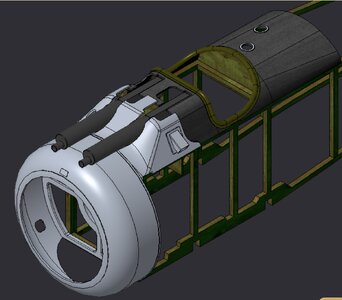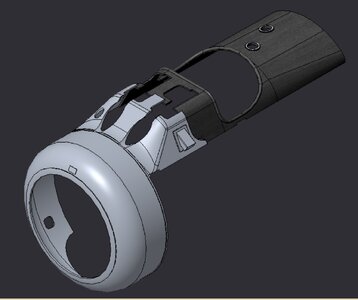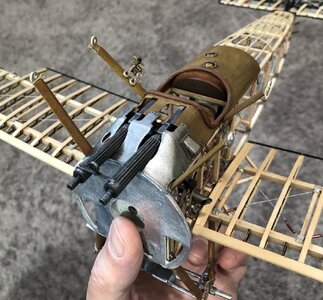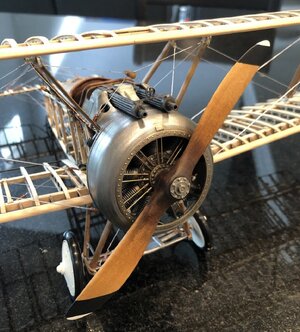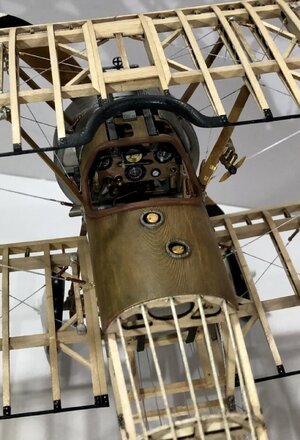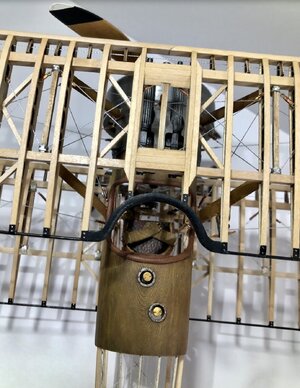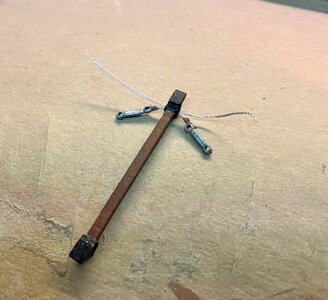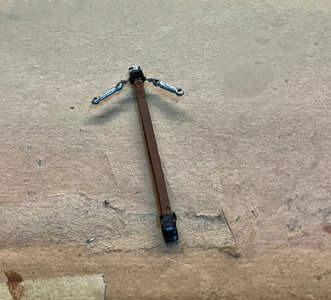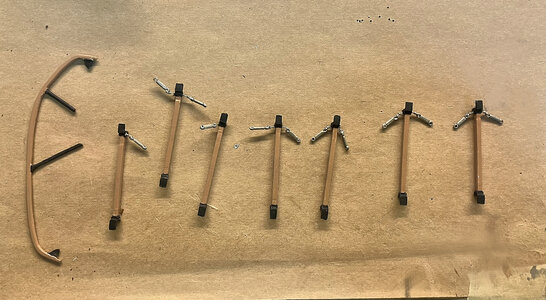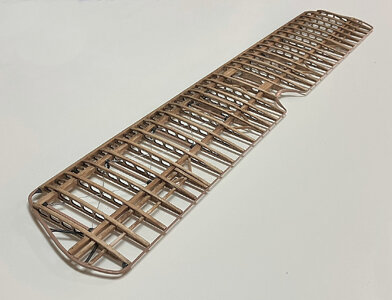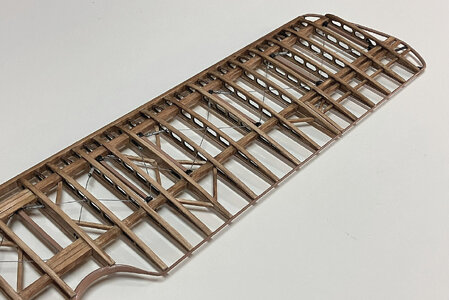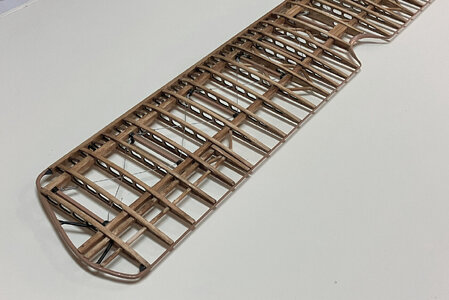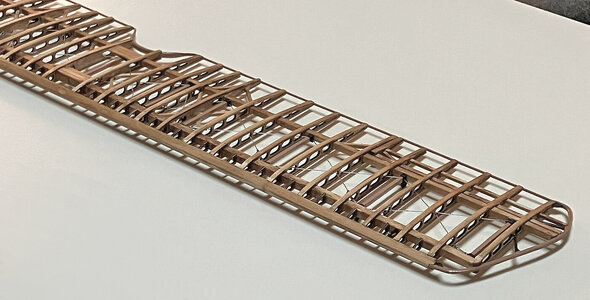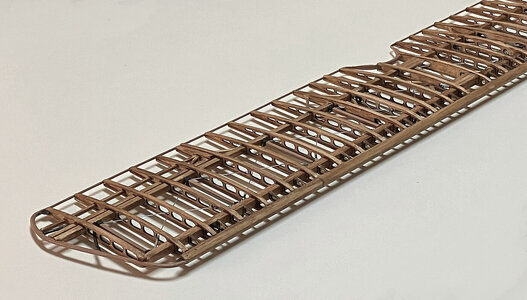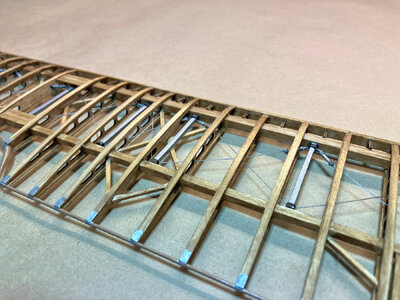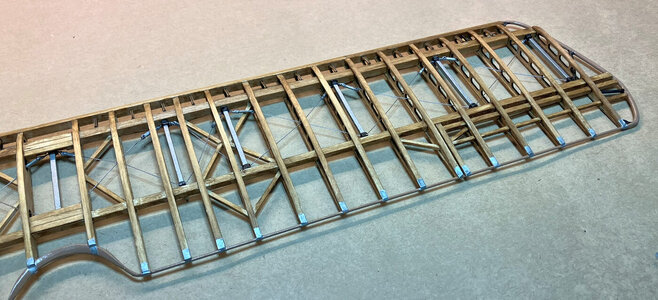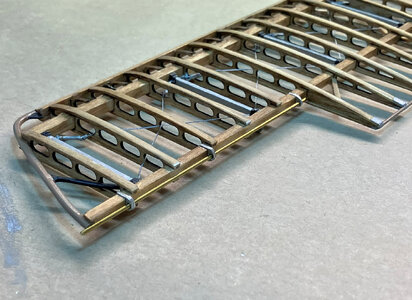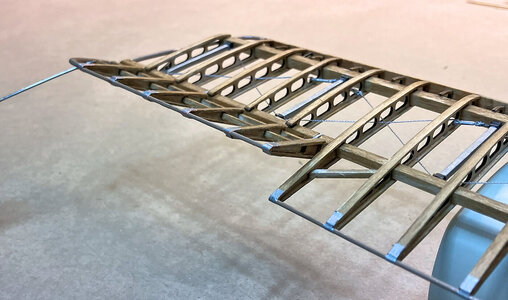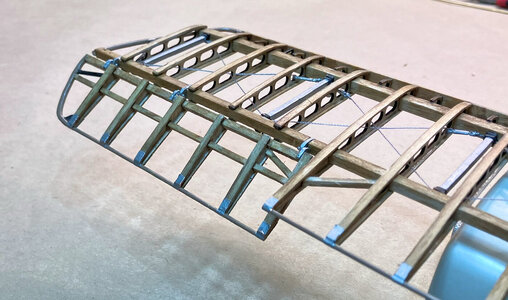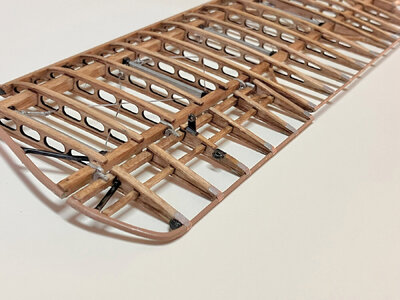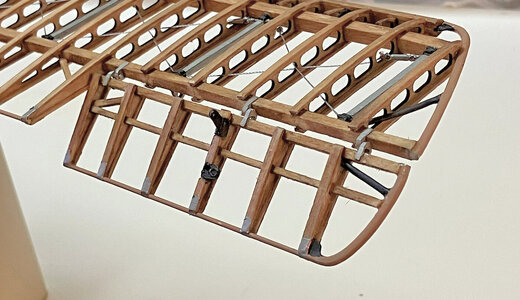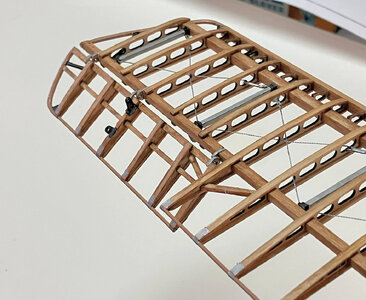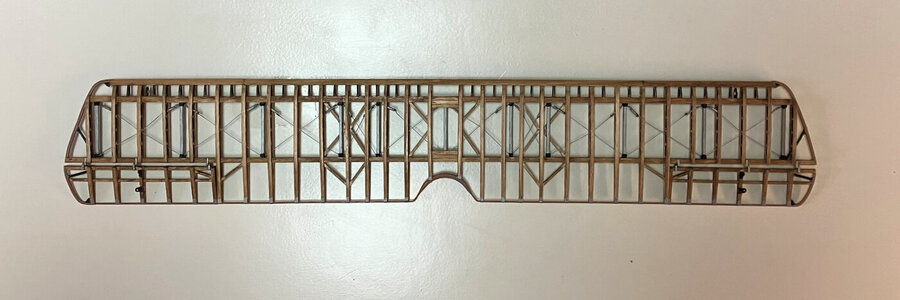Here is a small update - as you know, I was able to find all the screws and hardware from the plastic container that opened. However, I still am not able to locate the remaining 3 springs. So, the springs are for the valve seats. I think the springs were just a miscount from the factory.
I decided to wrap my own springs and if I am successful, I will wrap all 24 so that there will be consistency in the material I am using which is stainless steel. The kit springs are some type of shiny material - not sure. But they will be replaced anyway.
Therefore, this is the progress so far. I ordered some stainless steel spring wire from Amazon and it arrived the other day - the price is excellent considering what I am getting. The spring wire comes all the way down to .2mm - and it is truly as fine as human hair. I might have to go up to .3mm
This is the link to the product.
View attachment 415117
I did some research to see if there was an Equation to determine the mandrel diameter to wrap a spring GIVEN the Spring Diameter and the thickness of the wire you are using. Interesting, I did in fact find such a formula from a Google Search- but I have not tried this yet. So, if you wish to use this - you are welcome.
So, this is how the Equation works and I am going to plug in my own Spring Details. My Spring final diameter needs to be 3mm and the thickness of the wire in this case, I will use .25mm. The equation will have real-life values plugged in, but for now, let's see what happens.
Solve for a Spring Diameter of 3mm and a Stainless Steel Wire thickness is .25mm
Equation:
Dm= kD - d
where:
Dm is the diameter of the mandrel,
k is the diameter coefficient,
D is the final diameter of the spring, measured from the center of the wire (not the outer or the inner spring diameter).
d is the diameter of the wire.
The value of “X” is not listed, but first, we have to determine the
Spring index to plug this into the formula:
X = D/d
Therefore 3mm / .25 mm = 12
Spring Index value “X” = 12
Next, determine the diameter coefficient of “
k”
k = -0.01245 (x) + 0.98425
k= (-0.01245 x 12) + 0.98425
k = -.1494 + 0.98425
k = 0.83485
Lastly, we can find the diameter of the spring
(Dm or the Diameter of the Mandrel we need)
Dm = kD – d
Dm = (0.83485 x 3mm) - .25mm
Dm = 2.50455 - .25
The diameter of the Mandrel will be
2.25mm
I have not made this Spring as of this post so far. When I do, I will report the results and see how accurate this equation is.




